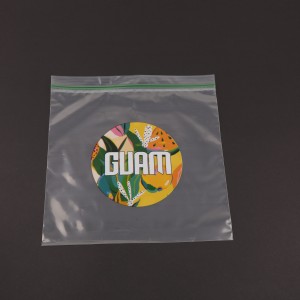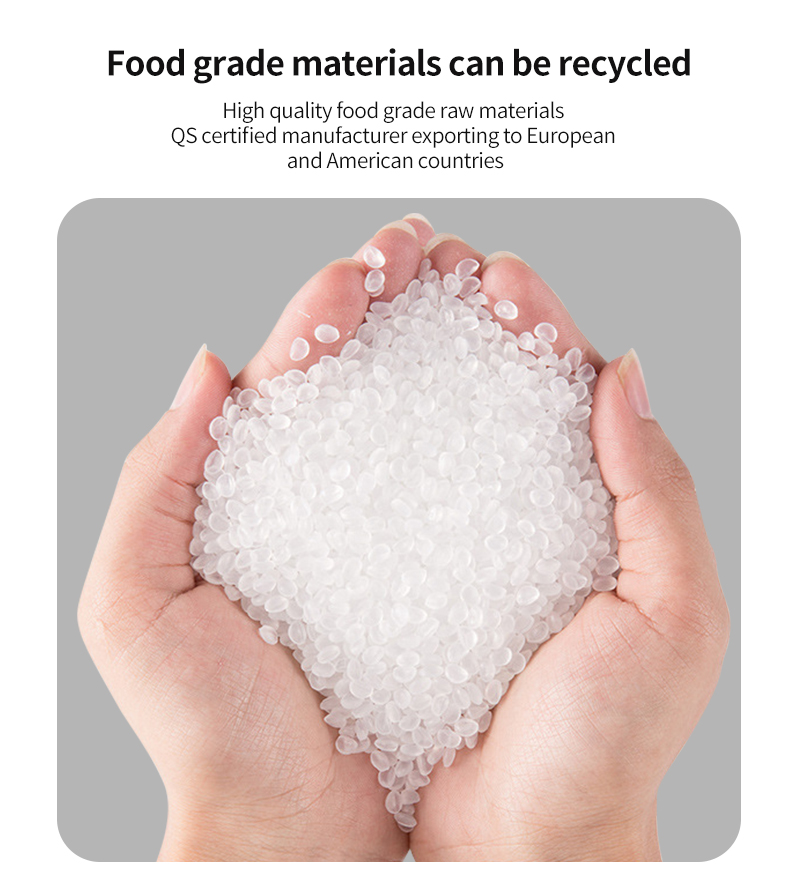Plastic bags are a common sight in our everyday lives, but not all plastic bags are created equal. Two of the most popular types of plastic bags are PP (Polypropylene) bags and PE (Polyethylene) bags. Understanding the differences between these two can help consumers and businesses make better choices. In this article, we will delve into the characteristics, uses, and advantages of PP and PE bags, with a particular focus on why PE bags are a superior choice for markets in developed countries like the USA and Europe.
Introduction to PP (Polypropylene) Bags and PE (Polyethylene) Bags
PP (Polypropylene) Bags:
Material: Polypropylene is a thermoplastic polymer used in a variety of applications.
Characteristics: PP bags are known for their high melting point, durability, and resistance to chemicals.
Common Uses: These bags are often used for packaging food, clothing, and other consumer goods.
PE (Polyethylene) Bags:
Material: Polyethylene is another widely used thermoplastic polymer.
Characteristics: PE bags are softer and more flexible than PP bags, with excellent resistance to moisture and chemicals.
Common Uses: They are commonly used for grocery bags, trash bags, and packaging films.
Comparing PP and PE Bags

Material and Durability
PP Bags: Known for their toughness and high melting point, PP bags can withstand higher temperatures and are more resistant to wear and tear.
PE Bags: While not as tough as PP bags, PE bags are more flexible and less prone to cracking. They also have better resistance to moisture and chemicals.
Uses and Applications
PP Bags: Ideal for applications requiring high strength and durability, such as heavy-duty packaging and industrial uses.
PE Bags: More suited for everyday consumer applications like shopping bags, food storage bags, and packaging films.
Advantages and Disadvantages
PP Bags:
Advantages: High strength, durability, and resistance to high temperatures and chemicals.
Disadvantages: Less flexible, more expensive, and not as effective in moisture resistance.
PE Bags:
Advantages: Flexible, cost-effective, excellent moisture resistance, and widely recyclable.
Disadvantages: Lower melting point and less resistant to wear and tear compared to PP bags.

Practical Applications: PP vs. PE Bags
Grocery Stores: PE bags are the preferred choice due to their flexibility and moisture resistance, making them ideal for carrying perishable items.
Clothing Stores: PP bags are often used for their durability and ability to handle heavier items without tearing.
Food Packaging: PE bags are commonly used for food packaging as they provide an effective moisture barrier and are safe for food contact.
Market Demand in Developed Countries
In developed countries like the USA and Europe, there is a significant demand for plastic bags, particularly PE bags, due to their versatility and cost-effectiveness. Consumers in these regions prioritize convenience and environmental sustainability, making PE bags a more popular choice.
Post time: Jul-01-2024



